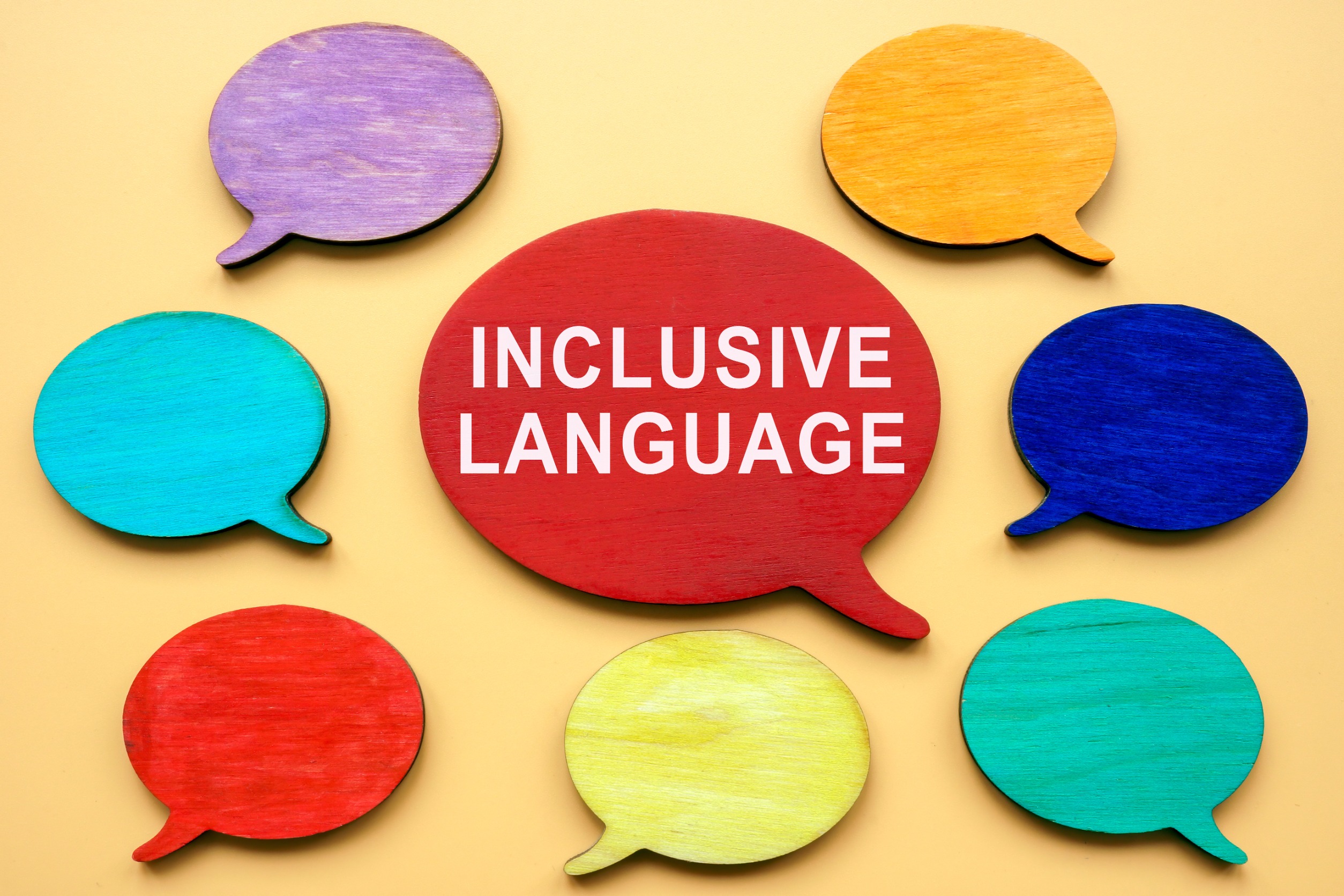5 keys to innovating like Apple, Cirque du Soleil, and Google

Key #1: Open Up!
Do your leaders look beyond your industry for inspiration? Do you hire people from other industries or (better yet) multi-industry people?
Cirque du Soleil (CDS) revived a dying industry (circus) by taking ideas from ballet, cabaret, opera, pop-music concerts, street performance, and live theatre.
By understanding deeply what customers want and receive elsewhere, CDS integrated the best bits into a USD $1.5 billion company — the world’s largest contemporary circus, with up to USD$1 billion in annual revenues. Collecting diverse ideas and talent then became the launchpad for new ventures in TV, videos, digital media, fitness, corporate events, and gaming, with partners like Disney, Reebok, and Bell Media.
Should you be looking further afield for inspiration – and talent?
Key #2: Open In!
Are your leaders looking deeply at what customers really need and want — not just what you are giving them? Are you looking deeply at what employees really need and want — not just how well they fit into an org-chart box?
Google won out over Yahoo! by introducing a search engine that more deeply finds what people are looking for — with search modelled after academic citation rankings, not library cataloguing.
Design Thinking (DT) is a successful field because designers dig deeply into what users are really trying to accomplish. Instead of tweaking today’s tool, they open up to radically different ways of achieving the same goal — and produce winning products, services, and employee experiences thereby.
In fact, one simple way to enhance customer satisfaction is to enhance employee satisfaction. They are highly correlated. Are you using DT to enhance both?
Key #3: Collect ideas, people, skills, experiences, and technologies broadly.
Have you created such a collection? Have you made it easy (and worth-their-while!) for employees to use it and contribute? Do you reach into other companies’ collections?
Six months before launching the iPhone, Steve Jobs was using a prototype and realised it would get scratched by keys and coins in users’ pockets. He called Corning’s CEO, and they revived and commercialised a strong windshield glass that was researched but not released in the 1960s. Since it was already partially developed, they could speed past the usual 2-year development schedule. Gorilla Glass enabled part of iPhone’s “magic” and is now designed into more than 6 billion devices by over 45 major brands.
The point is not to plan for synchronicity. The point is to prepare for it. As Louis Pasteur said, “Chance favours the prepared mind.” It also favours prepared companies.
Key #4: Sense the real problem (not what you think it is).
Are your employees trapped and rule-bound in an office or free to explore how to serve customers better?
No one does Design Thinking successfully while trapped in an office. You have to be there where people live and work, sharing their experiences, sensing problems and opportunities.
When IDEO went to people’s homes to observe how they handled money, they generated an insight that enabled Bank of America (BOA) to help people save USD$3.1 billion. They noticed things people did not reveal to BOA in earlier in-office focus groups.
Key #5: Encourage your employees to ask deep questions and make radical, high-value fusions, even if some fail.
What do shark skins have to do with submarines and swimwear? Apparently, everything. Millions of dollars were spent trying to make nuclear submarine hulls smoother for energy-efficiency and speed. Then someone asked how the fastest “fish” in the ocean — the shark — is so fast and yet so rough. It is covered in little teeth (denticles) that catch the water and create a slipstream effect. Immediately, research turned 180 degrees towards making rougher surfaces.
Speedo caught ahold of the idea and made sharkskin-like swimwear. The year they were introduced, 98% of Olympic medals were won by swimmers wearing Speedo Fastskin. The suits were immediately banned as an “unfair advantage” but are still available to consumers.
Have you crafted a culture that embraces deep questioning and radical innovating? Chance really does favour the prepared mind — and creative corporate cultures that use these keys to unlock new value with radical innovation.
By Dr C J Meadows, Director, The Innovation & Entrepreneurship Center at SP Jain School of Global Management. For more behind-the-scenes stories of these and other companies, as well as loads of innovation tips and tools, read her newly released book Famous Business Fusions: Ideas that Revolutionised Industries and its introductory “living book” (multimedia material + community) Famous Fusions: Behind the Scenes Intro to Companies, Inventions, and Innovators.



